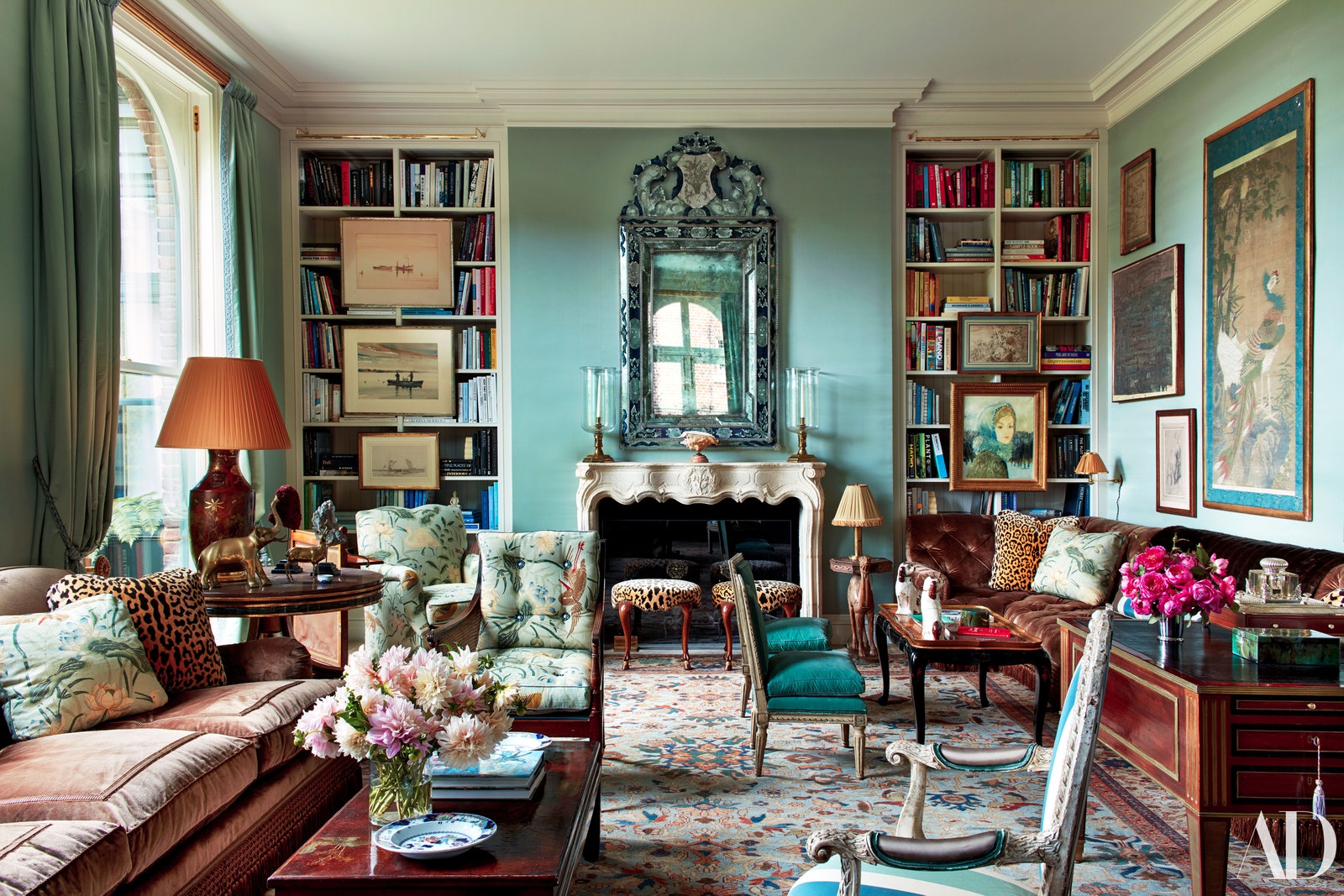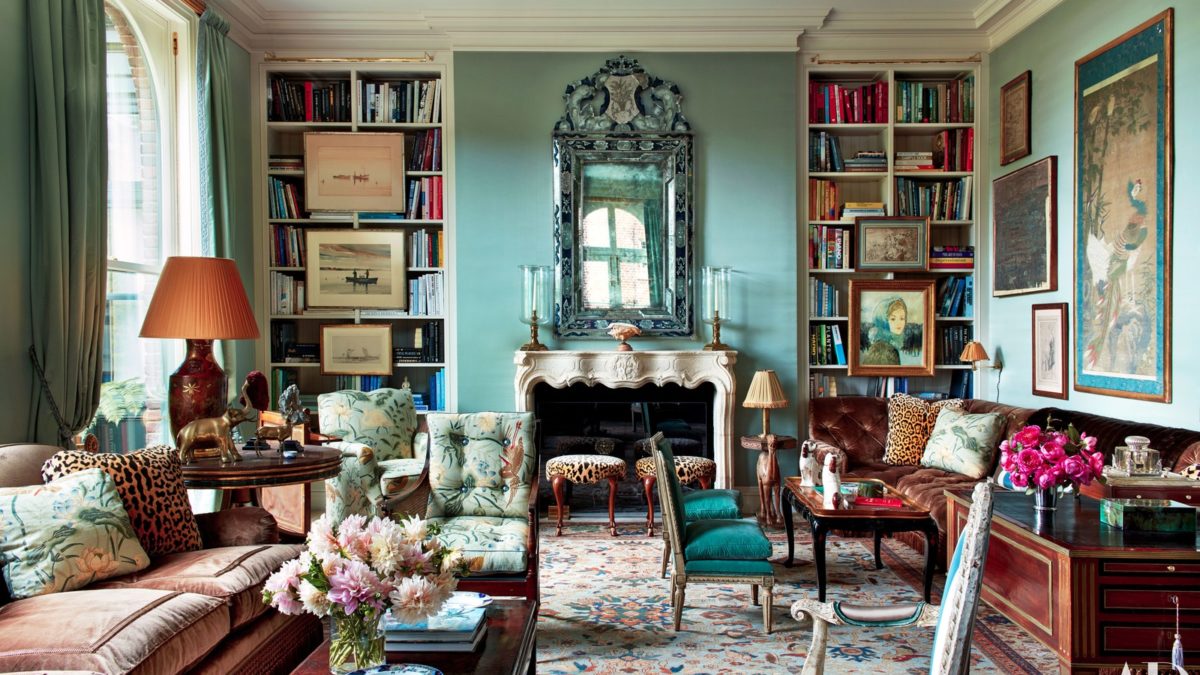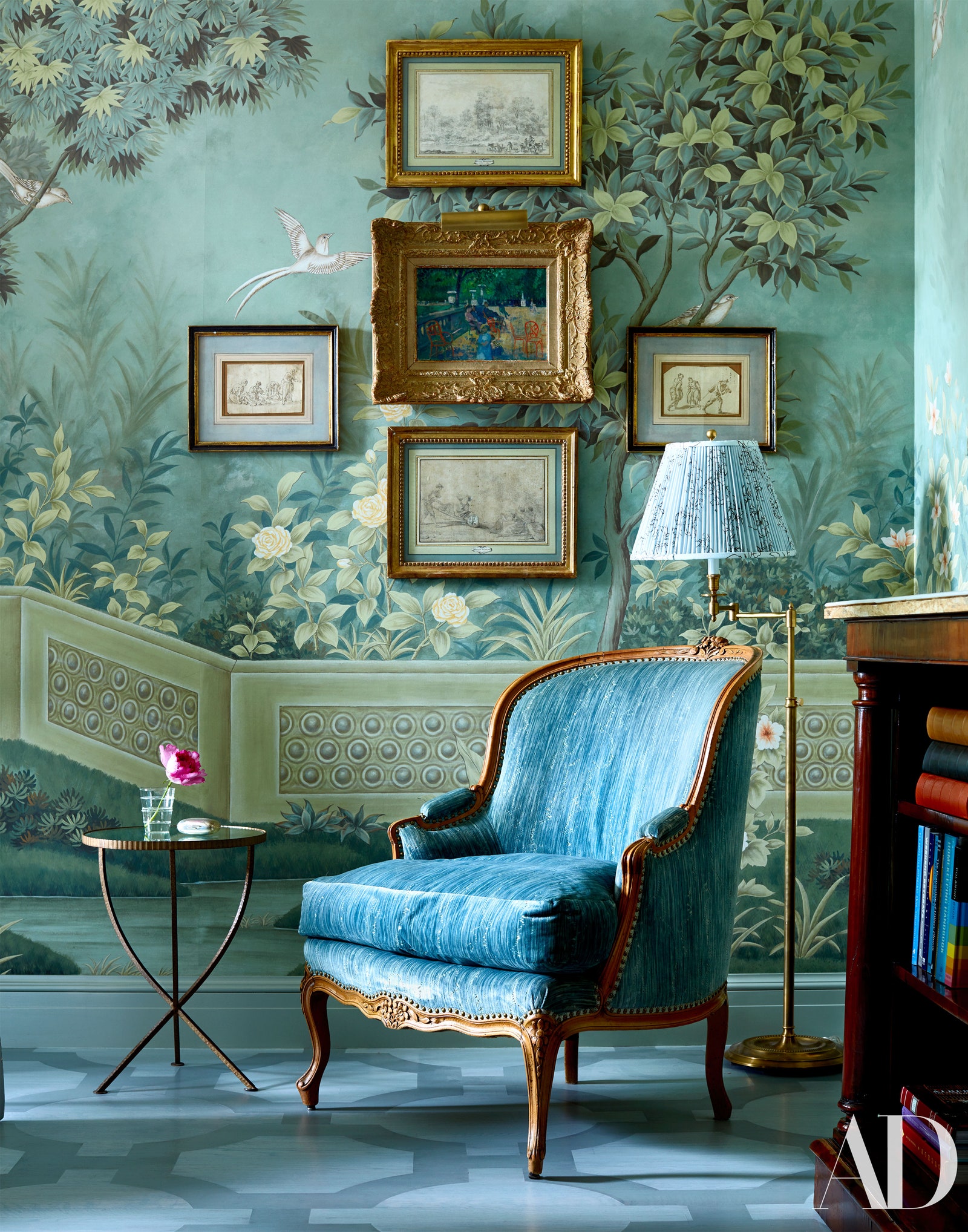San Francisco’s Home Remodeling by the interior designer Miles Redd is a must-see home, where you will modern design side by side with luxury and elegance.
Miles Redd is known for his audacity and strong personality, besides that he has a encyclopedic knowledge of great tastemakers of the past. From Nancy Lancaster to Mrs. Guy Bethell. This home, built in the early 1900’s had its renovation for the newest owners by the architect Gil Schafer. According with Redd, is has “a funny Norma Desmond vibe,”.
“Antiques are such a good value today, and they’re great for a family lifestyle; they’ve already been through a lot and will go through more,” says the owner and mother of four. She also said that “A lot of the furnishings are not significant, but they look significant. Miles is great at that, repurposing things and making them look amazing.”
Now let’s talk a little bit more about the home, and begin with the entrance. Agustin Hurtado painted the unique ceiling, then we can also see Swedish clock hangs above a rococo-style console.
We are in love with the stairway, with a Robert Silvers artwork. Then we can see a Patterson Flynn Martin runner and carpet and a bench in Lee Jofa fabric.
Artistic Home

The living room has everything, from modern to traditional style. First, the banquette at right has a Décor de Paris fabric with Samuel & Sons trim. Armchairs, stools, and pillows have a Schumacher floral linen and a Clarence House jaguar silk velour.
In this unique corner (in the master bedroom) of this San Francisco’s Home we can find a Gracie wallpaper and a painted floor by Chris Pearson. The lamp belongs to John Rosselli Antique.
This is the daughter’s room with curtains from Clarence House, head-board and bed skirt from Brunschwig & Fils fabric. We can also see a Swedish Gustavian desk and a carpet by Stark.
The main bathroom has soft lines in a soft palette of colors. The wallpaper belongs to Donghia.
“It’s a great, interesting, eclectic mix, the modern next to something very old,” the wife says. “And it’s still going to be amazing in 30 years. This will hold up.”
Credits to: Architectural Digest

























